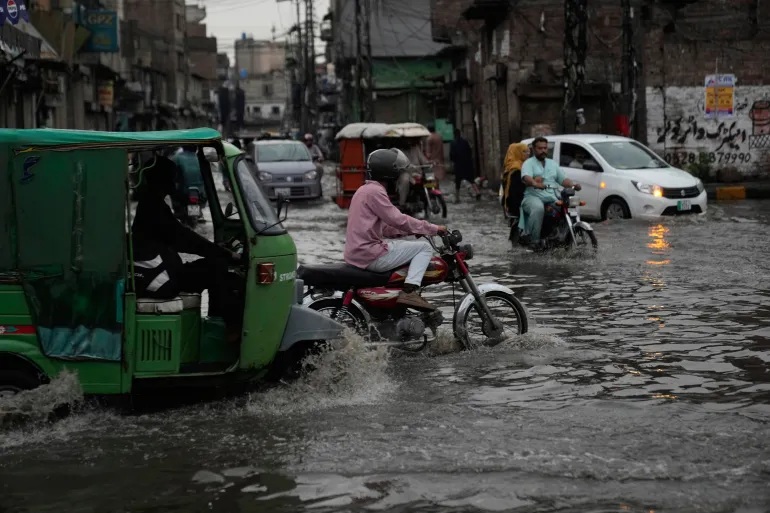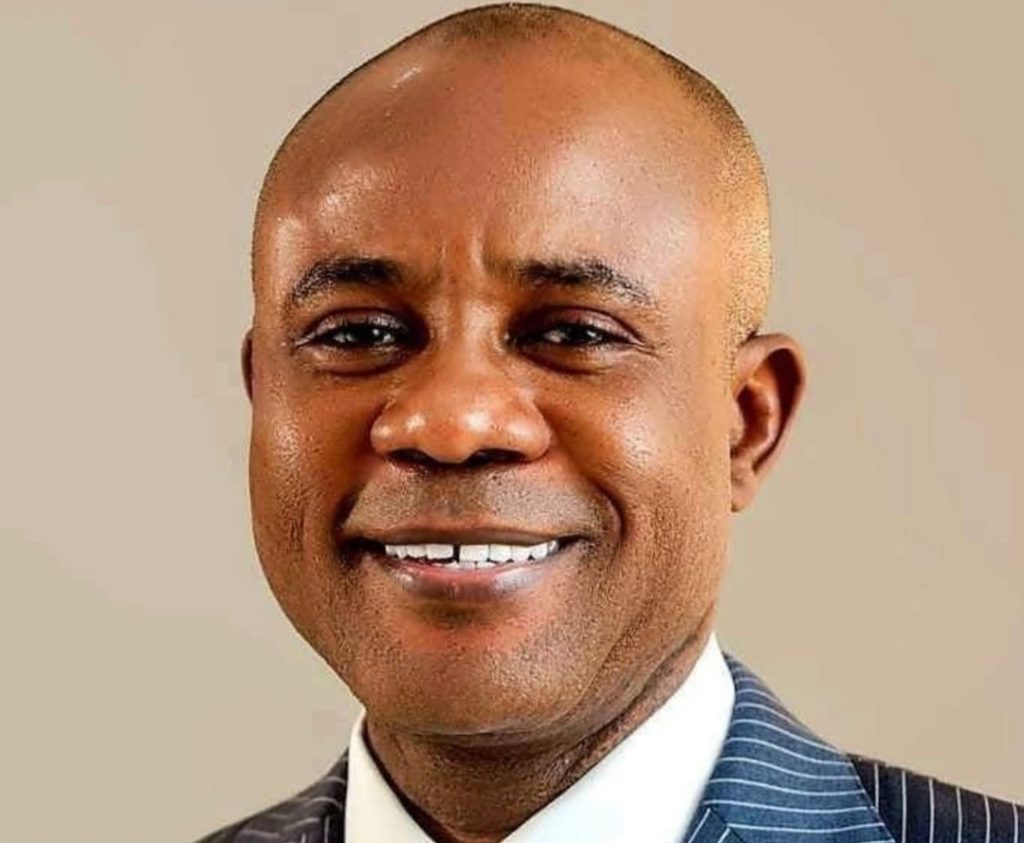News
Iran’s multi-billion dollar syria plan unravels completely
DDM News

In a dramatic turn of events, Iran’s multi-billion-dollar initiative to reshape post-war Syria has collapsed.
This occurred following the ouster of President Bashar al-Assad.
The ambitious project, aimed at strengthening Iran’s regional influence, was a significant investment strategy.
Diaspora digital media (DDM) revealed that it was designed to mirror the U.S. Marshall Plan, which helped rebuild Europe after World War II.
However, recent developments have shattered the plan’s potential, leaving Iran’s economic and political foothold in Syria in disarray.
The Iranian initiative sought to bind Syria closely to Iran through infrastructure projects, religious outreach, and trade relations.
A 33-page report from Iran, which was uncovered by Reuters, explicitly referenced the American Marshall Plan.
This report positioned Syria as a “400 billion dollar opportunity.”
It outlined Iran’s long-term vision for its involvement in the region.
The goal was to rebuild Syria and reshape its economy and political structure with a heavy influence from Tehran.
However, this grand vision has come to a sudden and disastrous halt.
Following Assad’s ousting by rebel forces in December, who forced him into exile in Russia, Iran’s strategic foothold in Syria began to unravel quickly.
Paramilitary forces that had been integral to Iran’s plans began to withdraw.
Diplomatic properties, including embassies, were looted.
Furthermore, major reconstruction projects such as the rebuilding of power plants and religious sites have either been destroyed or left unfinished.
Reuters reports, after analyzing nearly 2,000 documents using artificial intelligence, the scale of Iran’s investments and their subsequent collapse.
The documents revealed substantial corruption, mismanagement, and the impact of Western airstrikes on the projects.
These included a 411 million euro power plant in Latakia, funded by Iran’s Mapna Group.
Several other major investments—such as an oil project in eastern Syria and a railway bridge over the Euphrates valued at 26 million dollars—have either been delayed or entirely obliterated.
Financial records suggest that Iranian firms are owed over 178 million dollars.
The total losses, however, are believed to exceed 30 billion dollars.
This financial collapse is part of broader regional challenges Iran is facing.
These challenges include increasing pressure from the U.S. and setbacks in its alliances with groups like Hezbollah and Hamas.
For Syrians, the fallout from Iran’s exit is complicated.
While some, like a Syrian engineer involved in the Latakia project, acknowledge Iran’s temporary presence and economic contribution, many now view Iran’s departure as a “mixed blessing.”
As President Ahmed al-Sharaa, a former rebel commander, took office following Assad’s fall, he voiced the sentiment of many Syrians.
He stated, “The Syrian people have a wound caused by Iran, and we need a lot of time to heal.”
Iran’s foreign ministry has yet to issue a comment on the situation.
Key figures, including Revolutionary Guard commander Abbas Akbari, have remained silent.
The sudden collapse of Iran’s strategic ambitions in Syria marks a significant shift in the region’s political landscape.
This departure leaves the future of Syria and its reconstruction efforts uncertain.
The failure to implement a long-term plan underscores the volatility and complexity of foreign involvement in Syria’s ongoing reconstruction.
It also highlights the challenges Iran faces in maintaining influence in the region amidst mounting political and military setbacks.
For Diaspora Digital Media Updates click on Whatsapp, or Telegram. For eyewitness accounts/ reports/ articles, write to: citizenreports@diasporadigitalmedia.com. Follow us on X (Fomerly Twitter) or Facebook










